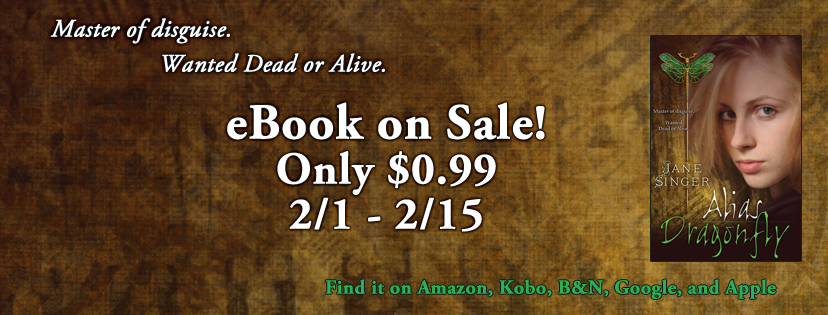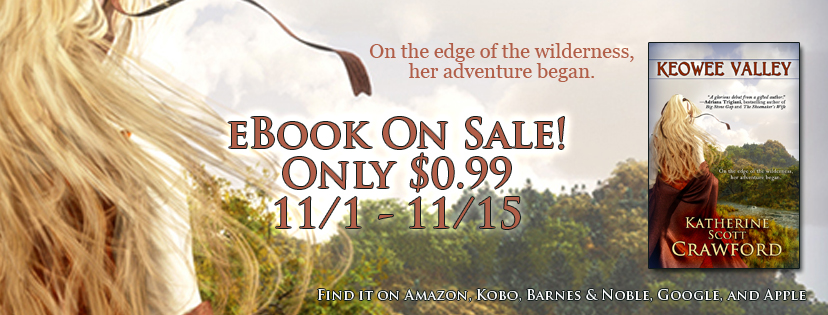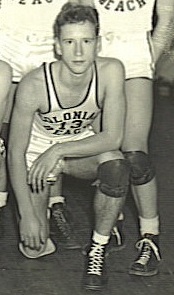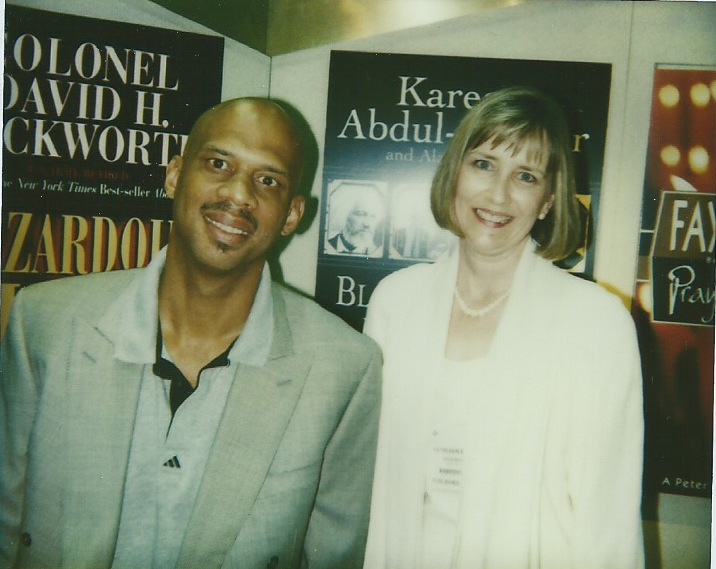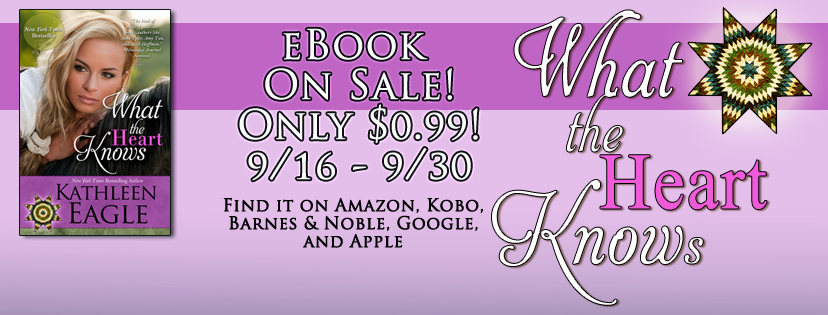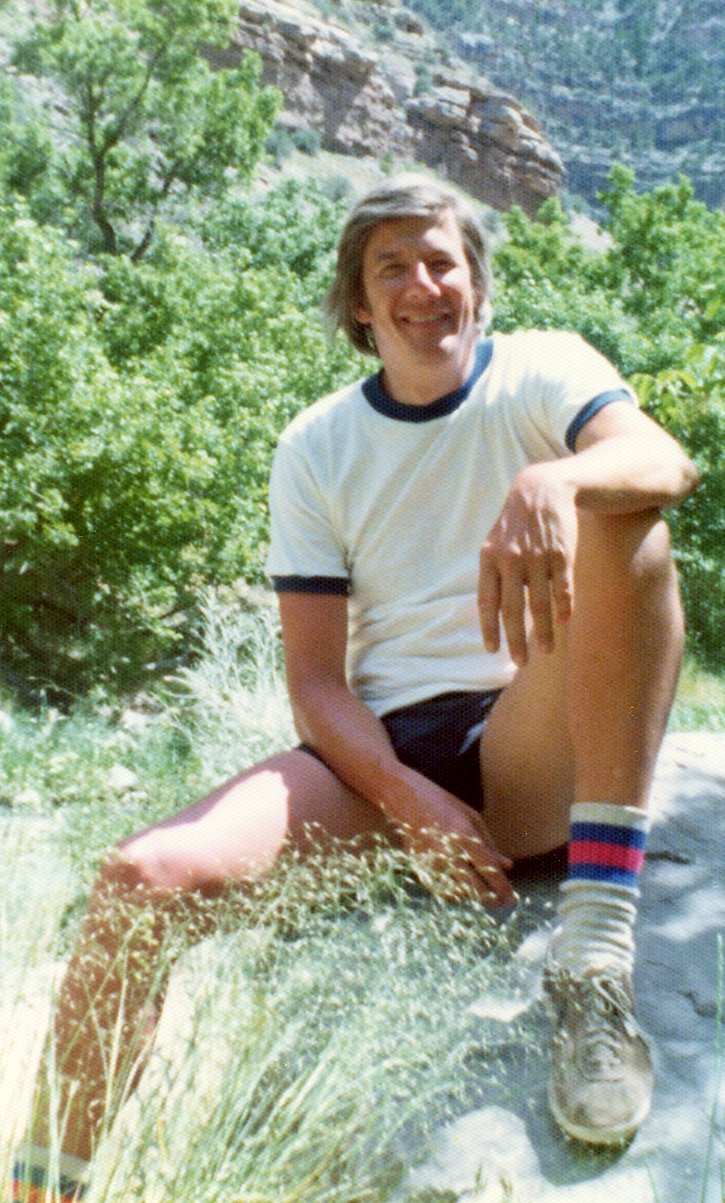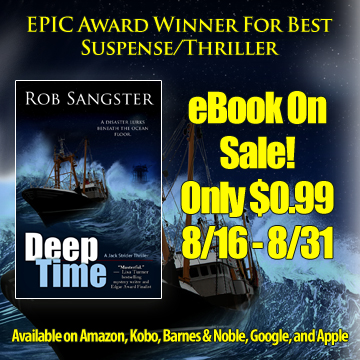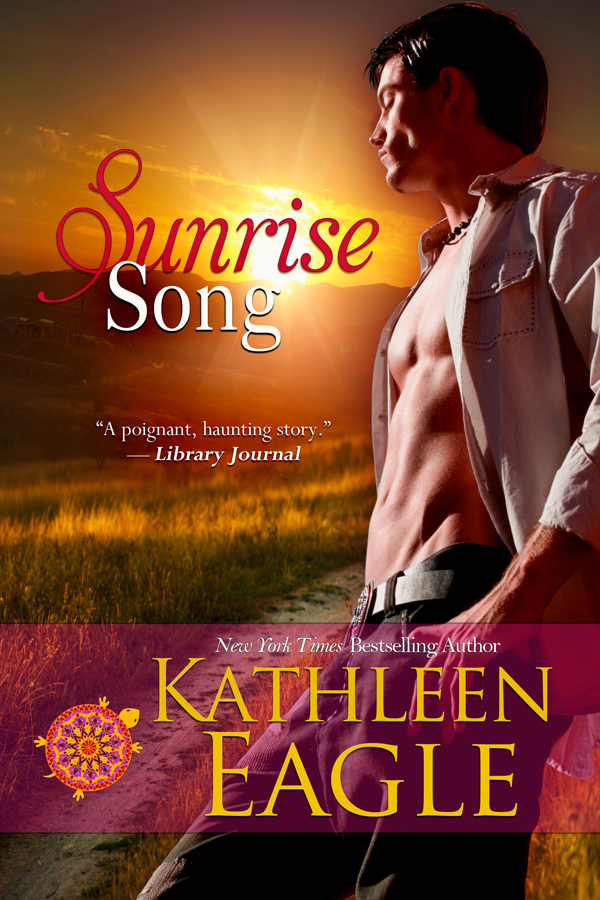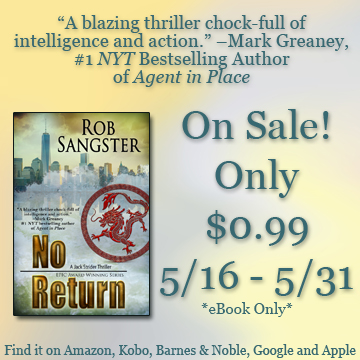Setting Up the Tipi: An Eagle Family Story
By Kathleen Eagle
Eagle family gatherings at our sister Bernadine’s house on Standing Rock Reservation generally attract a whole host of family, friends and neighbors, especially in the summer. For Clyde and me it’s at least a 6-hour drive each way, but the way is easy. Except for the seasons, not much changes on the prairie—same road signs, same terrain, same towns—and our memories are clear and bright. One big change—the cell phone—allows us to check in and let our sister know how close we are. She tells us who’s arrived and what’s going on and whether we need to “step on it. These guys wanna know when they get to eat.” So we step on it because Clyde’s baby sister is the boss.
It’s been a month since our last visit, and our mission is one that’s become all too common for us in recent years. We’ll be there to say our final goodbyes to our young nephew, Caleb, who died suddenly and unexpectedly of a heart attack. Young. Way too young.
I’ve been an Eagle for more than half century. My nephew, Buddy, often reminds me that I’ve been an Eagle longer than he has, and that even he is “gettin’ ooold.” Well, this year I had a real surprise coming, which I’ll tell you about in a minute. Here’s a hint: the day I first saw this place, these people, the unforgettable cowboy who made me an Eagle seemed pretty recent until I start counting memories. We were definitely on the young end of this mighty big family. But now…
I had a lot to learn back then, and I still do. I’m always hungry for more. And I’m blessed with lots of nieces and nephews—our kids’ generation—many of whom were my students. They’re the ones raising the children and doing the teaching now. Through my novels I’ve been sharing what I’ve learned over my years of trying to fly like an Eagle. Now let me introduce you to my nephew, Jon Eagle Sr., who is the Standing Rock Tribal Historic Preservation Officer. I’m so proud of him. He learned to speak Lakota fluently as an adult, which requires real commitment and great love. He’s spent time with Lakota elders, and they’ve shared words, wisdom, tradition, stories. He’s devoting his life to keeping all this alive through the hearts and minds of people, young and not-so-young, who spend time with him.
At our June gathering Jon teaches more than how to assemble a tipi in Bernadine’s backyard. The body of an Eagle brother, father, nephew, cousin and friend will be placed inside it the following day. It will shelter the body left in the care of grieving family and friends. Pall bearers will watch over the open door to assure privacy for smudging, prayer, song, words and tears.
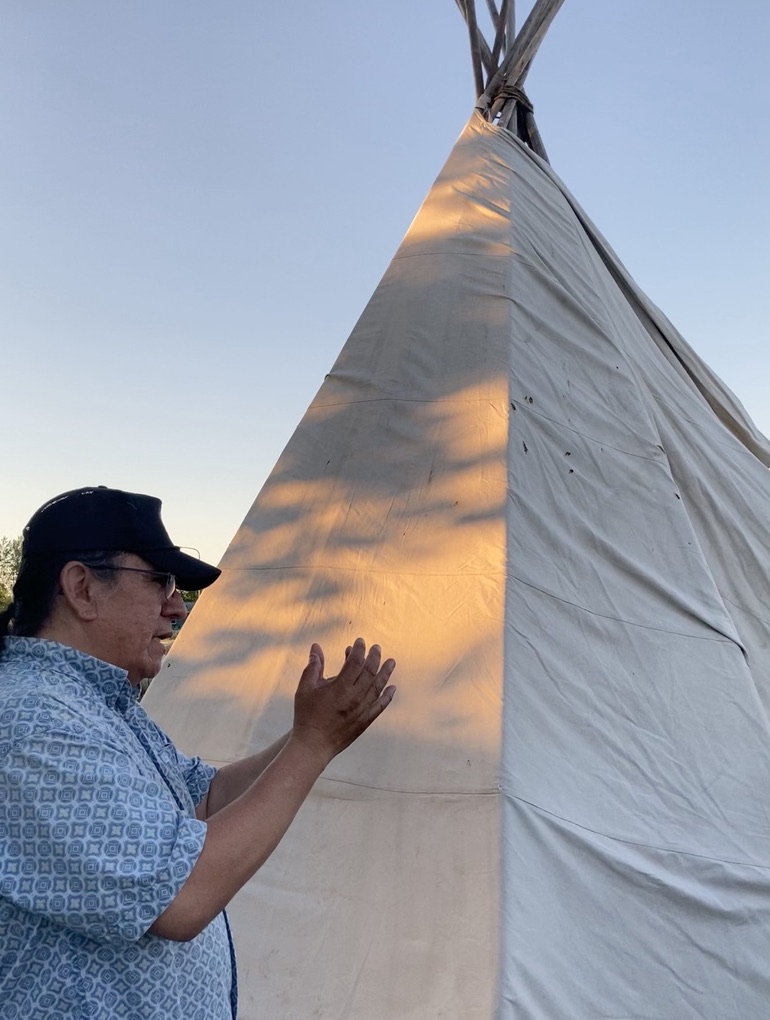
Three lodgepoles are lashed tightly together using a long rope and raised to form a tripod. The rest of the poles are divvied among the spaces between the tripod poles to form two circles, bottoms on the ground, tops laid across the circle of wrapped rope to create a smaller circle of lodgepole tips, reaching in all directions for the sky. So the framework for shelter is built circle upon circle, and traditionally the Lakota tipi belongs to a woman.
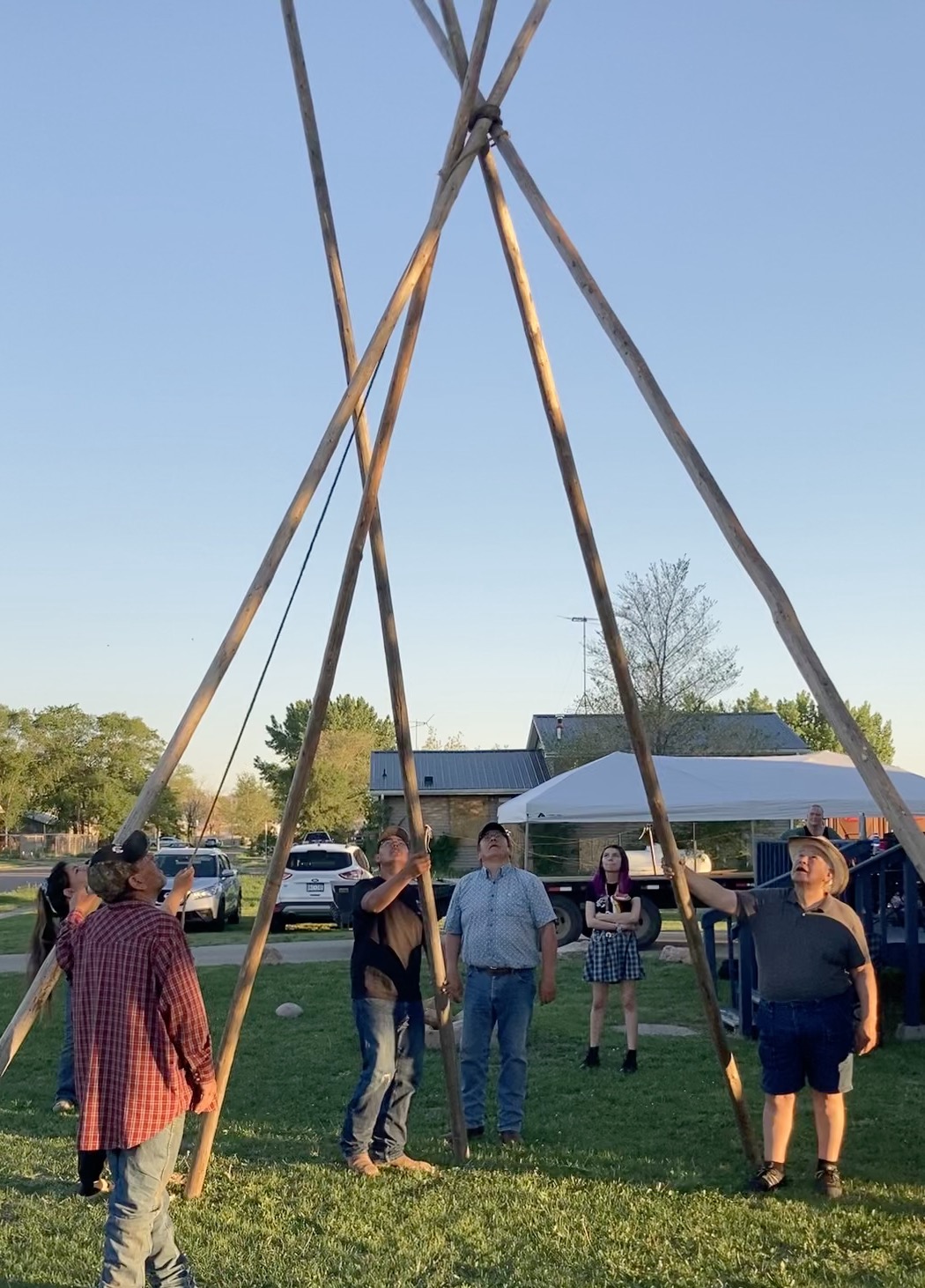
Jon points to the round hole formed at the juncture of the lodgepoles—the bones of the shelter—which is the sign of the human “belly button.” Our navel.
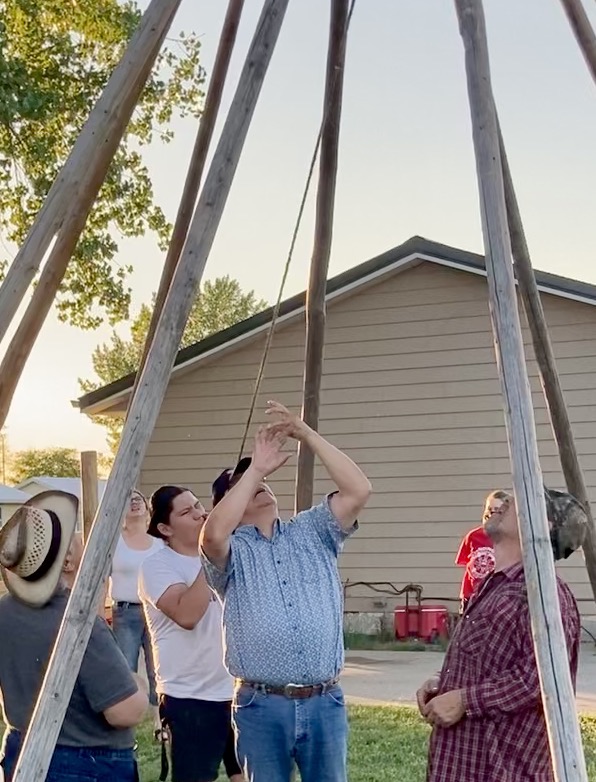
A woman (today it’s Jon’s daughter, this tipi’s owner) must wrap the end of the rope—the umbilical cord—around the juncture of the lodgepoles.
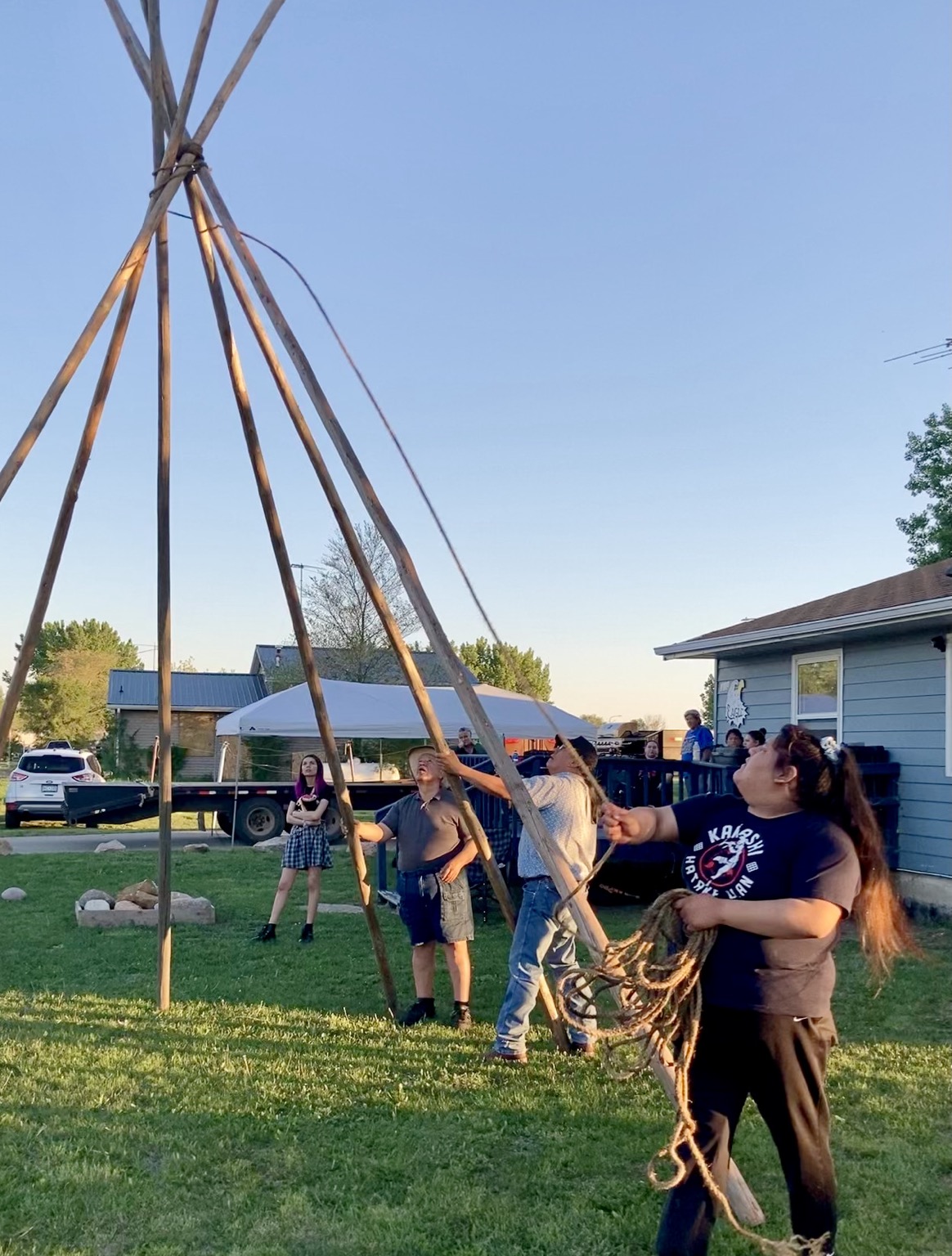
The cover is generally made of canvas these days, but traditionally the tanned hide of the buffalo supplied the protective skin of the Lakota lodge. The tipi is hearth and home, and its structure tells a story of life.
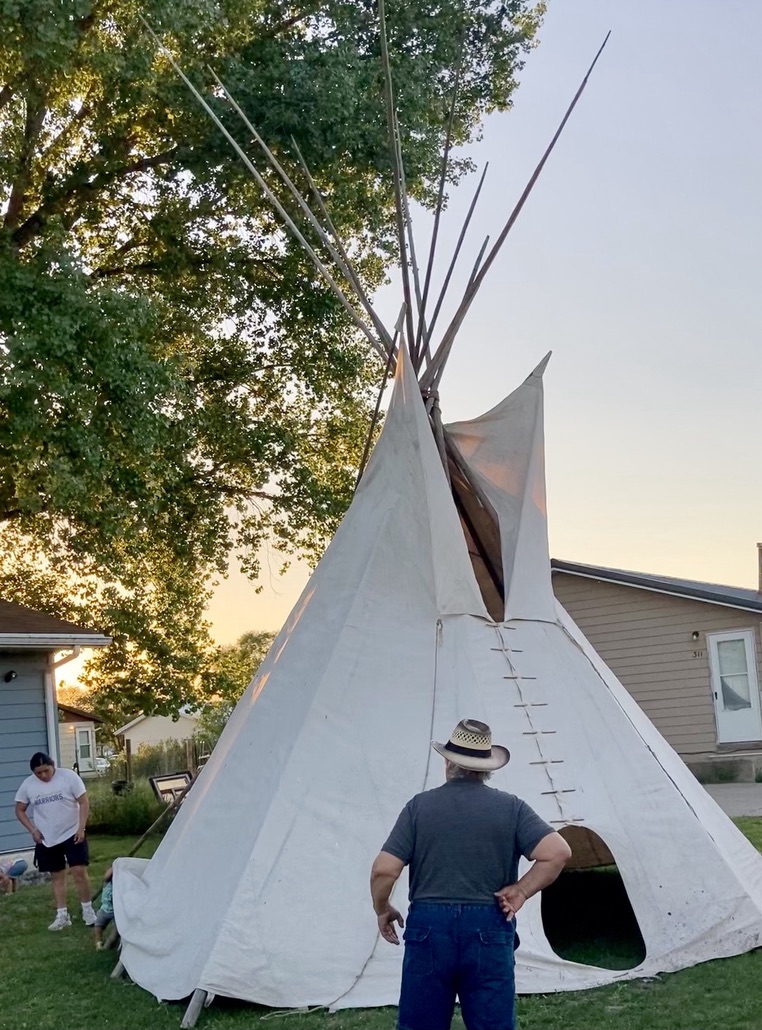
Once the tipi was set up, we lined up by age on either side of the east-facing tipi door, females on the left, males on the right. I guess more than a minute has passed, so here’s the surprise: I’m the one closest to the door on the women’s side. I’m declared the elder woman in the Eagle family. And Clyde, first on the other side of the door, is now for all practical purposes, the elder male Eagle.
We’ll take it. We’re served dinner first.
After dark, Jon invites us to gather round for some stargazing. He shares Lakota legends remembered through the same constellations that people the world over look to on clear nights for stories passed from one generation to the next, sharing life lessons and ancestral history, wide-eyed wonder and abiding sense of community.
Isn’t it amazing how much human beings have always had in common? Over the many miles of distance and centuries of time, we’ve lived with the same wants and needs, strengths and weaknesses, wisdom and foolishness, and we’ve written it all in the stars. Could we open our minds a bit more, do a little more stargazing? And how about book-reading? Because stories remind us of our humanity.
Coming full circle now, yes, for better and for worse, a lot can happen in half a century. If you’re old enough to step back and take the long view, 50 years is really not so much. But it’s enough to make a difference.














